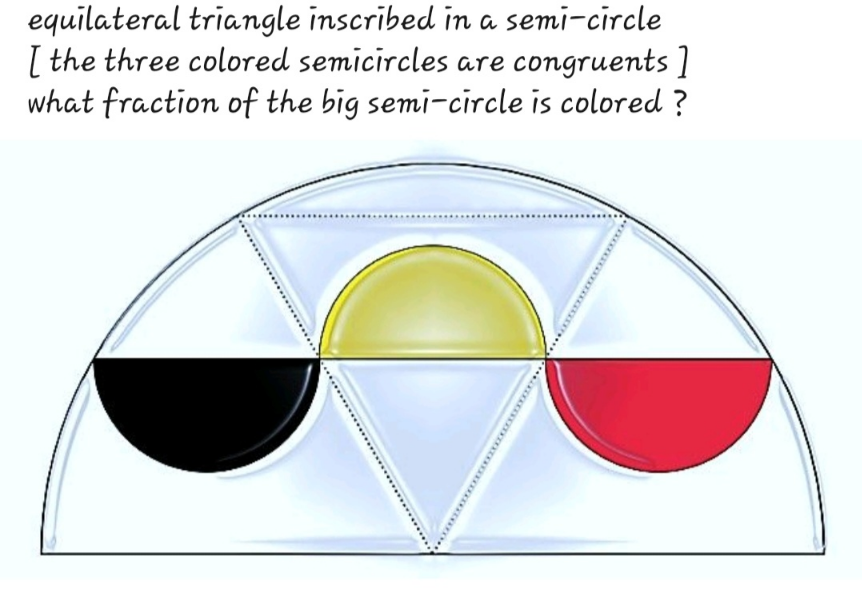
AllQuestion and Answers: Page 279
Question Number 193796 Answers: 0 Comments: 0
Question Number 193794 Answers: 1 Comments: 0
Question Number 193793 Answers: 1 Comments: 4

Question Number 193792 Answers: 1 Comments: 0

Question Number 193790 Answers: 2 Comments: 0

Question Number 193785 Answers: 1 Comments: 0
Question Number 193769 Answers: 0 Comments: 0

Question Number 193768 Answers: 1 Comments: 0
Question Number 193767 Answers: 1 Comments: 0
$${prove}\:{that}\:{c}^{{log}_{{b}} {a}} ={a}^{{log}_{{b}} {c}} \\ $$
Question Number 193761 Answers: 2 Comments: 0

Question Number 193759 Answers: 2 Comments: 0
Question Number 193757 Answers: 0 Comments: 0

Question Number 193756 Answers: 1 Comments: 0

Question Number 193754 Answers: 1 Comments: 0

Question Number 193750 Answers: 1 Comments: 0

Question Number 193749 Answers: 1 Comments: 0

Question Number 193734 Answers: 1 Comments: 0
Question Number 193733 Answers: 1 Comments: 0
Question Number 193726 Answers: 2 Comments: 0

Question Number 193721 Answers: 3 Comments: 0
Question Number 193719 Answers: 1 Comments: 1

Question Number 193715 Answers: 0 Comments: 0

Question Number 193714 Answers: 1 Comments: 3

Question Number 193712 Answers: 0 Comments: 0
Question Number 193707 Answers: 1 Comments: 0

Question Number 193706 Answers: 0 Comments: 0

Pg 274 Pg 275 Pg 276 Pg 277 Pg 278 Pg 279 Pg 280 Pg 281 Pg 282 Pg 283
